The Biopharmaceutical Excipients Market has increasingly become a focal point for companies engaged in the pharmaceutical sector, driven by the growing demand for innovative drug formulations and biologics.
As the biopharmaceutical industry continues to expand, the need for excipients that are functional and compliant with rigorous regulatory standards has led to intense competition among manufacturers.
Companies are focusing on enhancing product portfolios, improving manufacturing processes, and complying with emerging regulatory requirements, which plays a significant role in shaping market dynamics.
The competitive landscape is marked by mergers, acquisitions, and strategic partnerships, ensuring that companies not only maintain their market share but also effectively address the evolving needs of End-users. Technological advancements alongside a focus on sustainability are driving innovations in excipient formulations, providing essential support to the biopharmaceutical drug development process.
Kraft Chemical Company has established itself as a formidable player in the Biopharmaceutical Excipients Market through its dedication to quality and innovative solutions. The company’s strengths lie in its extensive research and development capabilities, which allow for the formulation of highly effective excipients tailored to meet the intricate needs of biopharmaceutical applications.
Kraft Chemical's commitment to customer satisfaction and regulatory compliance ensures that it provides excipients that enhance the stability and efficacy of biopharmaceutical products. Furthermore, the company leverages its industry expertise and maintains strong relationships with a diverse range of clients, which solidifies its presence in the global market.
The strategic focus on developing specialized excipients for specific applications also empowers Kraft Chemical to differentiate itself and compete effectively against other players in the market.
Clariant is another key entity in the Biopharmaceutical Excipients Market, recognized for its comprehensive range of products and services. The company offers an array of excipients that play critical roles in enhancing the performance of drug formulations, including functional additives, stabilizers, and release agents.
Clariant's global presence is amplified by its established network of manufacturing facilities and sales offices, enabling efficient distribution of its products worldwide. The company emphasizes innovation and sustainability, focusing on developing green and bio-based excipients in response to industry trends towards environmentally friendly practices.
Clariant’s strengths are furthered through strategic mergers and acquisitions that have expanded its product offerings and technological capabilities, positioning the company favorably within the competitive landscape.
By continuously adapting to market demands and investing in research and development, Clariant has solidified its reputation as a leading provider of biopharmaceutical excipients on a global scale.


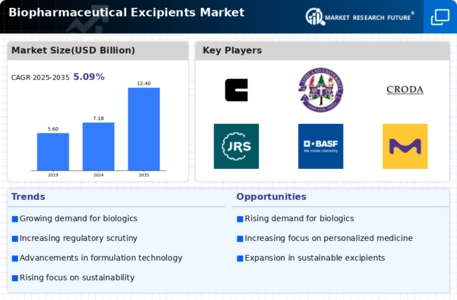
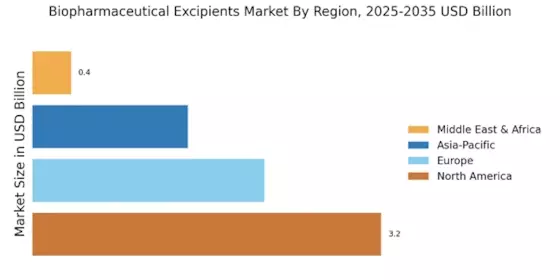


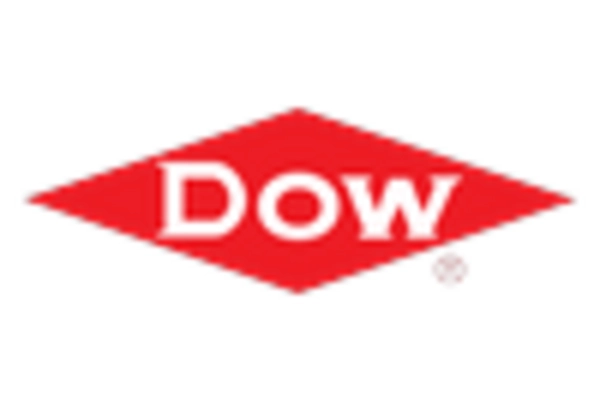
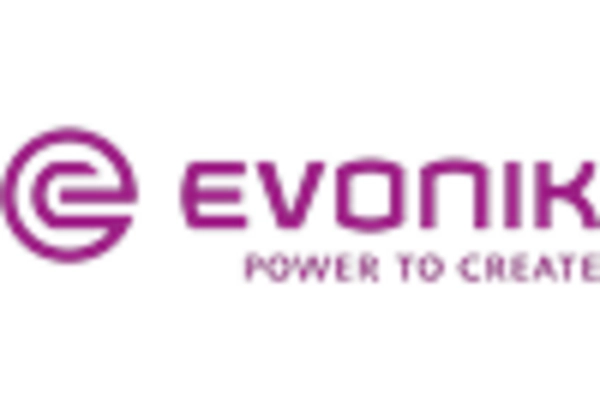
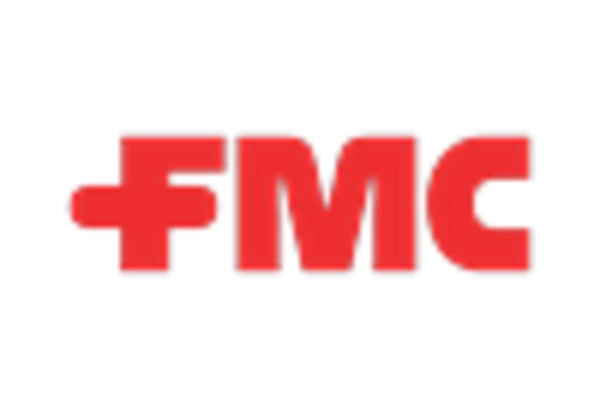
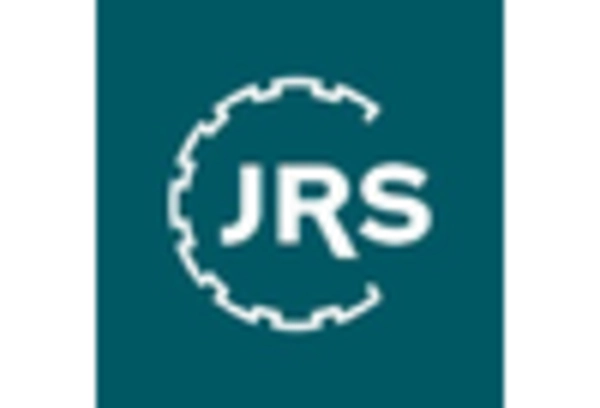








Leave a Comment